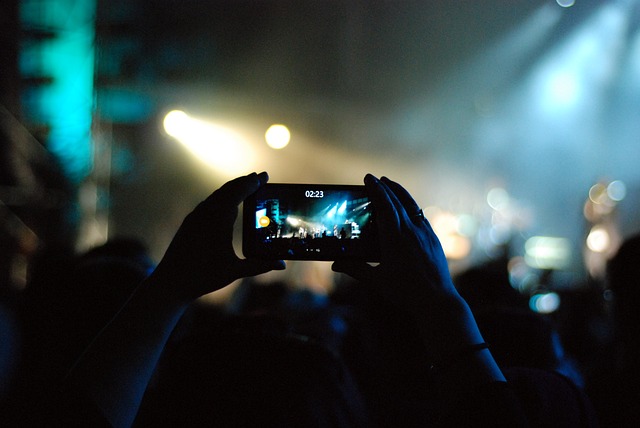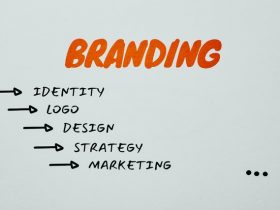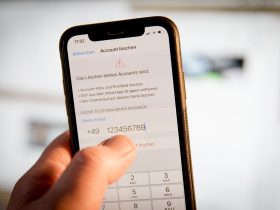Communication is key, from conferences and workshops to brainstorming sessions and corporate retreats, but the traditional methods of taking notes often leave much to be desired. And that’s where graphic recording enters the picture. Visual recording is the real-time translation of conversations and presentations into images, text, and color on large paper or digital boards.
Here is how graphic recording enhances communication at events:
Making Complex Ideas Accessible
One of the key benefits graphic recording brings to the table is the simplification of complex ideas. A graphic recorder listens attentively, captures the gist of what’s being said, the themes and connections, and distills them into a map with visuals and words. This visual synthesis allows participants to see the “big picture” at a glance, which helps them digest information that might be overwhelming in oral or written form.
For instance, a graphic recorder during a keynote presentation may produce a visual storyboard of the speaker’s main messages, which helps audience members understand and remember the content. This technique benefits visual learners or multilingual groups where visuals can transcend language barriers.
Fostering Engagement and Participation
Attention can wander in lengthy meetings or conferences, but graphic recording changes the game. The process is naturally captivating because of how live and visual it is. Desire and intrigue build as the images play out in real time. Participants are not merely listening passively-they’re visualizing their thoughts as they unfold on the page.
If the environment is more interactive, a graphic facilitator only enhances the experience further through workshops, strategy sessions, etc. Graphic recorders illustrate content, facilitators encourage groupings with visual toolsfostering collaboration and idea-sharing This dynamic approach transforms meetings into memorable— and talk-worthy —immersive experiences long after the event has concluded.
Creating a Lasting Impact
Another benefit of graphic recording is creating a physical, permanent record of the event. Unlike regular meeting notes that can get lost in an inbox, visual recordings are simple to refer to and pass on to others. These can then be digitized and repurposed in follow-up materials, social media content, and internal documentation, reiterating key messages and takeaways.
Organizations typically post these visuals in offices or share them with remote teams to stimulate ongoing dialogue and alignment. Not only capturing what was said but how people felt, the visual artifacts turned fleeting moments into lasting impact, one note of gratitude at a time.
Visual Recording in the Digital Age
As a result of the increased use of virtual and hybrid events, visual recording has adapted to the present-day requirements. With digital tablets and software, graphic recorders can also work remotely but maintain a connection with their online audience through real-time visual capturing. At the end of the day, whether on-site or remote, the value remains the same: better clarity, engagement, and communication.
Key Takeaway
In an attention-starved world replete with information overload, graphic recording provides a novel and effective means of communication. This practice helps people relate to, comprehend, and remember concepts more effectively by transforming words into visuals. Be it a skilled graphic facilitator facilitating collaboration or a lone recorder capturing live keynotes, visual recording is an investment into more transparent, more actionable communication at events of any description.







